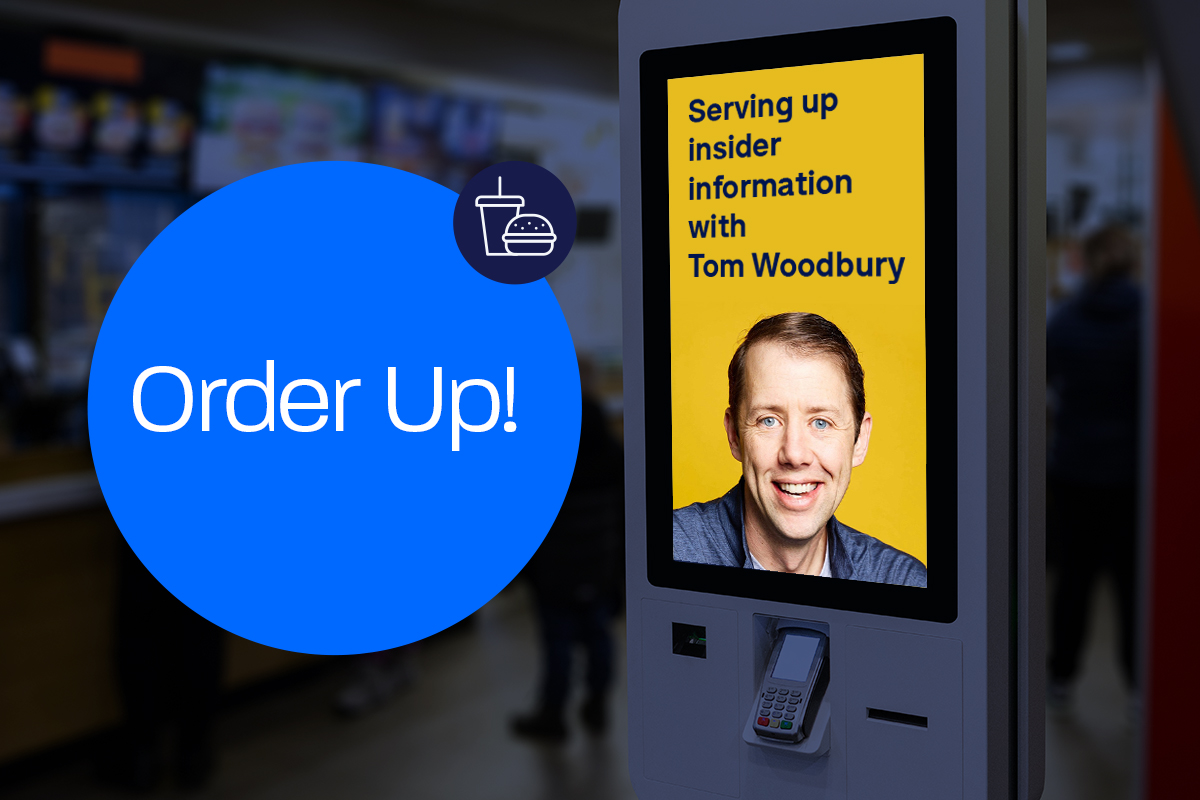“Do more with less,” – this may be the unofficial mantra for players in the food services industry, where the endemic continues to pose colossal challenges related to inflation, increased cost of labor, surging commodity costs, staffing shortages, and supply chain disruptions - leaving restaurant operators short of time, money, and resources.
Given most restaurants fall between a 3–5% average profit margin, every single penny – and every minute – can make or break the ability to survive. The good news is, relief is available, affordable, and attainable via quick-to-market, IoT-backed solutions that automate routine tasks, promote substantial cost savings, drive efficiencies, and mitigate risk. Here are three emerging Internet of Things (IoT) trends in food services this year.
- The Food Services Industry Will Increasingly Adopt IoT Solutions
Technologies like IoT solutions offer transformative advantages, and restaurateurs have taken notice. In fact, a recent report indicates that 3 in 4 restaurant operators are likely to adopt new technology in the year ahead, with 71% planning to increase their spend on tech in 2023.
Maximizing the availability of resources, including staff, is essential for sustainable operational continuity and customer satisfaction. Automation helps achieve this by replacing routine, monotonous tasks with intelligent technology. Without it, the time that should and could be used to focus on customers is spent on tedious, time-consuming processes, where restaurant managers may spend more than 16 hours per week (or two full days) on said tasks.
With the right IoT solutions, both staff and management gain back precious time by decreasing the amount of manpower needed for back of house operations like temperature monitoring and logging via automation, which ultimately translates into better customer service. For example, at Starbucks, store partners spent 25 minutes per day manually checking and logging temperature readings at each location – Starbucks then automated this process via IoT across 9,500 company owned stores nationwide, gaining back 85.5M minutes yearly.
Scalable solutions allow for rapid fire enterprise-grade deployments, so that quick service restaurants (QSRs) with hundreds of thousands of locations can seamlessly – and painlessly - integrate the solution without falter.
- Food Services Companies Will Prioritize Digital Food Safety and Compliance
Since cold and hot storage perimeters directly affect how perishables are stored, preserved, and ultimately served to the public for consumption, temperatures of cold and hot storage areas must be maintained at certain levels to ensure food safety and compliance. The average store has 12 different food storage areas, all of which need to be maintained below 40 degrees.
If temperatures deviate from their norms due to malfunctioning cooling units or from a door left open too long – the food in the refrigerator can spoil, leading to food waste, food safety issues, and wasted energy. With the average restaurant’s refrigerator inventory valued at around $10,000, and failures occurring about twice a year, preservation is essential.
Perhaps more importantly, if contaminated food is consumed, the costs for foodborne illness outbreaks can be astronomical – with an outbreak potentially costing between $4,000 and $2.1 million depending on the severity of the incident, legal fees, and fines incurred.
With IoT solutions, food services operators can remotely monitor refrigerators, freezers, and doors to these sensitive areas at multiple locations. If anomalies in cooling units are detected or doors are left ajar, staff receive alerts in real-time to handle the issue – mitigating risk, avoiding spoilage, and saving energy across the board, while ensuring food safety by preventing spoiled food from being served to the public.
- Smart, Connected Restaurants Will Drive Improved Margins, Cost Savings, and ROI
Operational efficiencies translate into huge savings. In addition to mitigating risks like food spoilage, IoT solutions and sensor-enabled devices enrich food services ecosystems by modernizing and optimizing back of house operations.
What’s more, real-time, valuable data insights are transmitted, recorded, and centralized via intelligent, interconnected systems on a 24/7 basis where they can be visualized and assessed whenever needed. In turn, these insights can be leveraged to better understand and reduce overall energy consumption rates, working towards ESG and sustainability goals, and promote cost savings.
With the right solution, restaurant operators are empowered with the ability to start with one use case and add more incrementally over time – simplifying IoT deployments, delivering measurable ROI, improving profit margins, and mitigating risk.
Futureproof Restaurant Operations with MachineQ
Contact us today to learn more about modernizing, simplifying, and enhancing operations in food services with proven, scalable IoT solutions that deploy quickly for measurable ROI.

.png)





